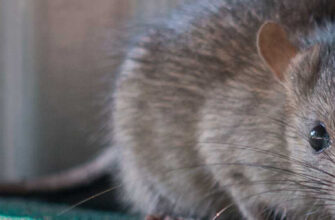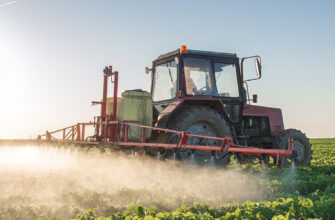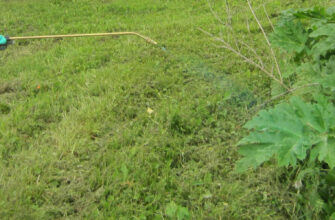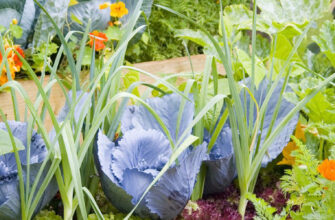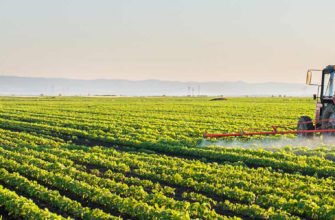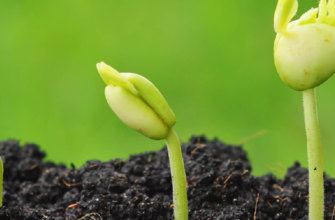Every year, crops around the world suffer increasing losses due to pest invasions and adverse weather conditions. A brief hailstorm can devastate an entire field of vegetables, leaving only bare stalks and ruining the marketability of the produce. Birds, too, often feast on sweet berries, damaging future harvests in orchards and vineyards. To protect plants in such scenarios, special protective nets are used, which will be discussed in this article.
What Is a Protective Net?
Protective nets are materials with varying mesh sizes designed to shield plants from adverse weather conditions (such as hail or strong winds) and harmful organisms (like insects, birds, or rodents). These nets are categorized based on their protective purpose, mesh size, and material. When choosing a protective net, it’s essential to consider these factors depending on what threats the plants face.
Nets with the smallest mesh sizes (anti-insect nets) are designed to protect against insects. Nets with medium-sized meshes, around 3×3 cm or larger, are more effective against larger animals and hail. The largest meshes, starting from 9×9 cm, are typically found in nets designed to deter birds.
The material of the net is also crucial. For garden use, protective nets made of plastic, HDPE polyethylene, or polyethylene thread are recommended. These are highly flexible, easy to cut and roll, and offer additional protection against ultraviolet (UV) radiation. For protection against rodents, a denser material like polypropylene, which holds its shape well, is preferred.
Types of Protective Nets
Bird Protection Nets
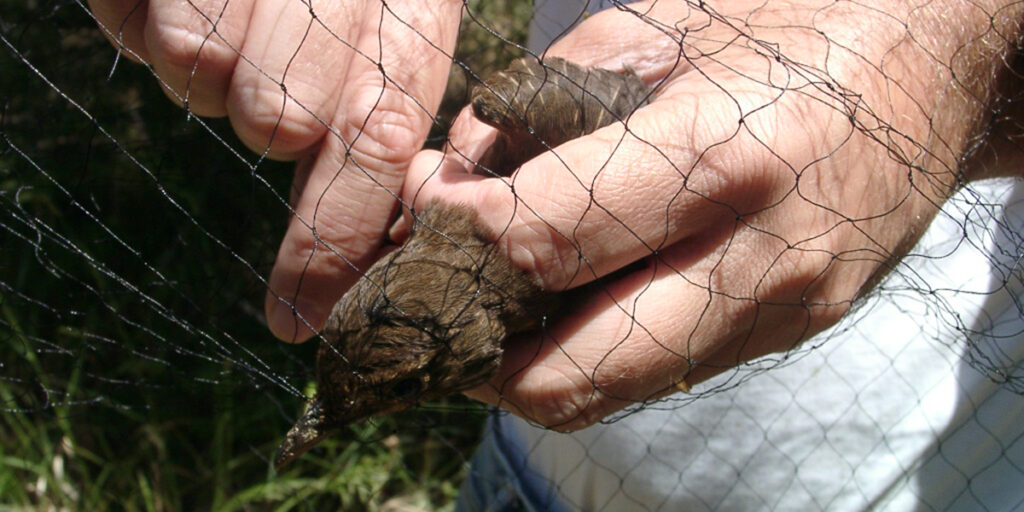
These nets are made from lightweight, durable materials with high resistance to UV radiation. Their large mesh size allows for pollination by insects, as well as plant treatment and watering, while ensuring sufficient air and sunlight for photosynthesis. This is the most environmentally friendly and harmless method to combat wild birds that may damage young sprouts or peck at berries and fruits in orchards and vineyards.
Insect Protection Nets
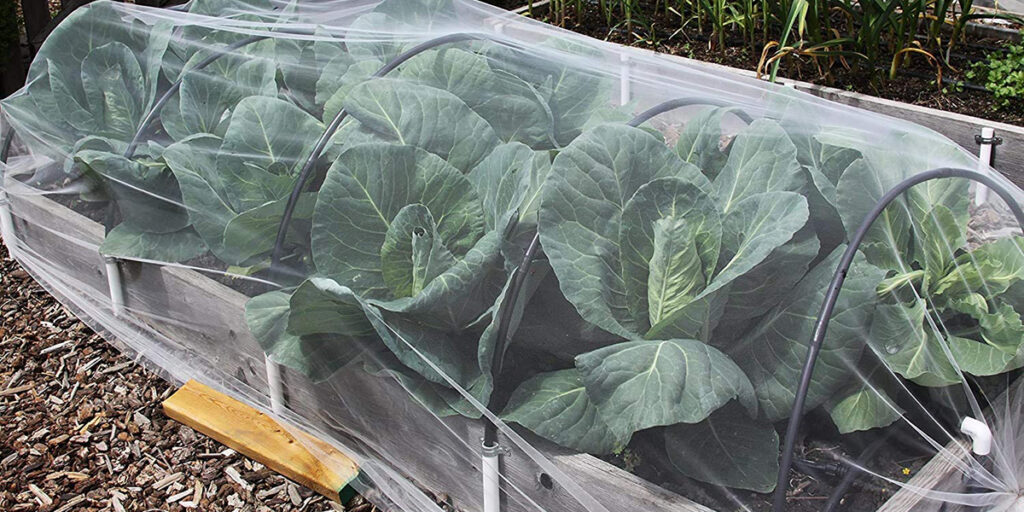
Visually similar to mosquito nets, these nets are distinguished by their exceptional durability, as they are made from polyethylene monofilament. They allow air, moisture, and light to reach the plants while protecting them from harmful insects. Using these nets in home gardening eliminates the need for pesticide treatments. They can be fashioned into small tunnels to protect self-pollinating plants from pests like aphids, whiteflies, moths, or tomato leaf miners.
Rodent and Hare Protection Nets
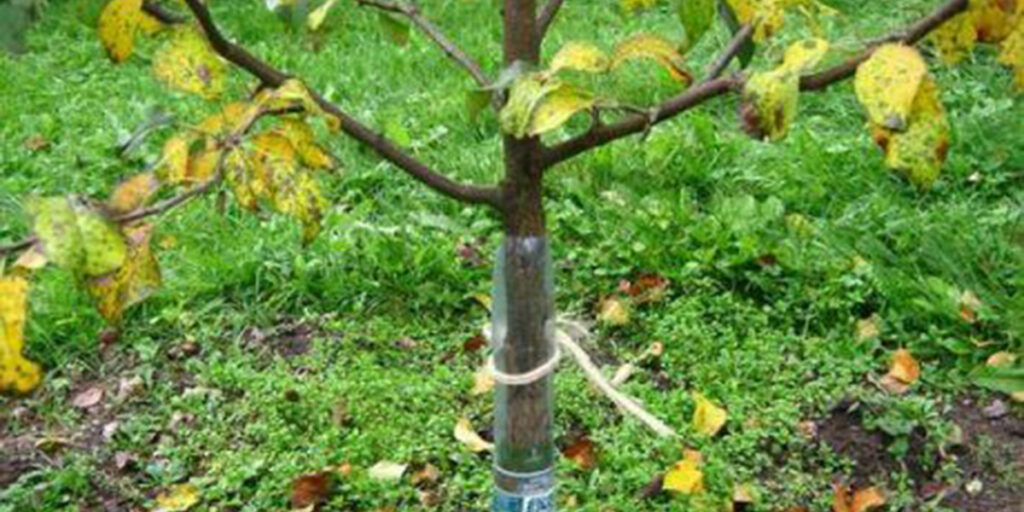
These nets are designed to protect tree trunks from hares and other rodents. They are available in rolls or as sleeves. The net is suitable for covering trees with wide trunks, while the sleeve is used for young trees with narrow crowns. Made from extruded polypropylene, these nets allow light and air to pass through, do not rot or rust, and have a long service life. They can remain in place during pesticide treatments, as they are permeable to moisture.
Another advantage of using these nets to protect trees in winter is their ability to retain snow, which is vital during harsh winters. However, in spring, it’s advisable to remove the nets, as they can contribute to excessive heating of the tree, which may harm it.
Anti-Hail Nets
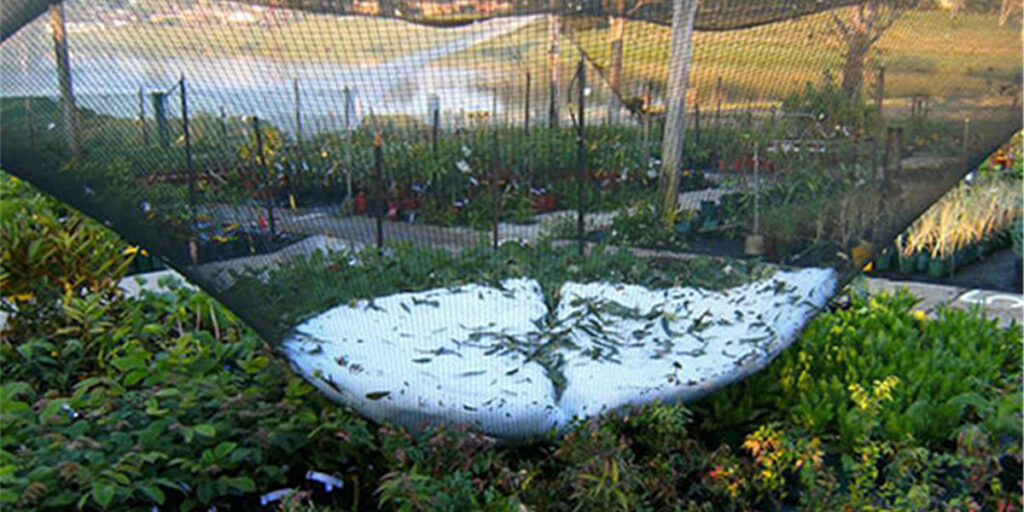
These highly durable nets are designed to protect plants from hail. They safeguard berry patches, orchards, vineyards, fields, and equipment from the impacts of adverse weather conditions. When properly installed, they shield plants not only from hail but also from strong winds and bird damage.
Anti-hail nets are made from high-quality raw materials (only primary polyethylene) using a knotted weaving technique. For added strength, the threads may include reinforcing additives. These nets are typically green or white, with low shading percentages. Regular shade nets are unsuitable for this purpose, as they can only withstand small hail and may tear under larger hailstones. Anti-hail nets, however, are designed to endure hail the size of a chicken egg. They are relatively affordable compared to the potential losses caused by hail.
Protective nets for plants are a smart investment in future harvests. Today, high-quality, durable protective nets are available for purchase, suitable for both small-scale and large-scale farmers.
If you have found a spelling error, please, notify us by selecting that text and pressing Ctrl+Enter.

